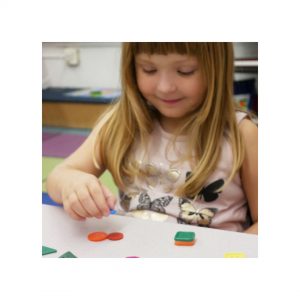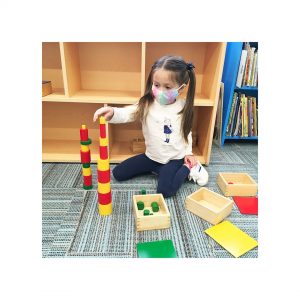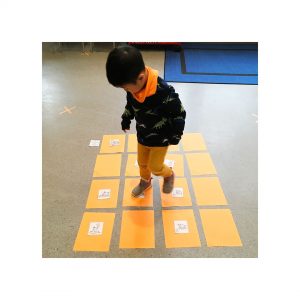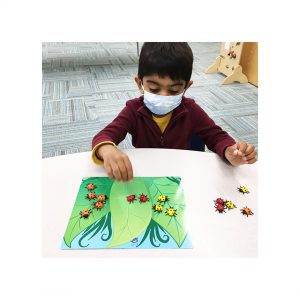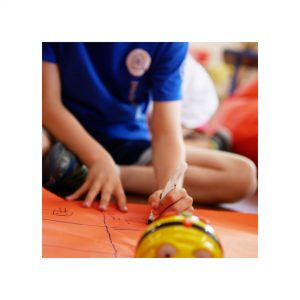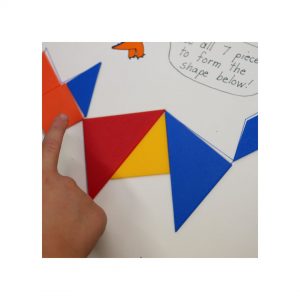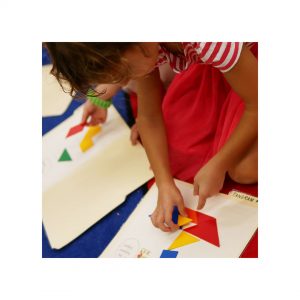Early coding is best introduced to young learners through fun hands-on games and activities that make kids think like a computer programmer. Activities that promote logical thinking and problem-solving are great examples of how they begin to develop their critical thinking skills.
The earlier children explore the basics of coding, the easier they’ll be able to learn, understand, and apply coding later in life. In fact, that National Association for the Education of Young Children states, “Early coding, or precoding, offers children experiences that integrate communication, thinking, and problem solving. These are twenty-first-century skills that are valuable for children’s future success in our digital world.”
Precoding has become an integral part of the curriculum at Trevose Day School. Our children are introduced to directional language, like up and down, backward and forward, left and right throughout their school day. They inevitably become more familiar with how to count using ordinals (first, second, third) and understand one-to-one correspondence. We feel it’s crucial to make these terms part of their everyday language, so that they are comfortable using these words correctly. For example, as we line up to go outside, one child will count their friends in line. We ask questions like who is 1st in line and who is 2nd and so forth. We give them directions like “go to the bottom,” “walk up the stairs” and “please wait for me.” Young children quickly pick up and understand words that are a part of their everyday language.
Another activity that the children love to play is called “only if.” Computers will perform your instructions only if a certain condition is fulfilled. This is called conditional coding. We start with the teacher and the coder, whereas the child acts as the computer. The teacher will give a direction, “While I do ——, you do ——.” For example, “While I do table setting for snack time, you clean up the blocks.” Or “While I pat my head, you jump up and down.” Then, we let the child be the coder! This teaches children that the computer will only do a task if you tell it to in a language it understands.
There are also many ways to introduce coding to young learners that doesn’t involve a screen. Story sequencing, making patterns, mazes (using blocks or obstacle courses) or playing games like Simon Says or Chutes and Ladders are just a few examples of ways to integrate these important skills into the curriculum. Early coding, or precoding, offers children experiences that integrate communication, thinking, and problem solving. These are 21st century skills that are valuable for children’s future success in our digital world.
